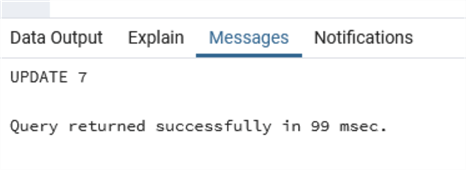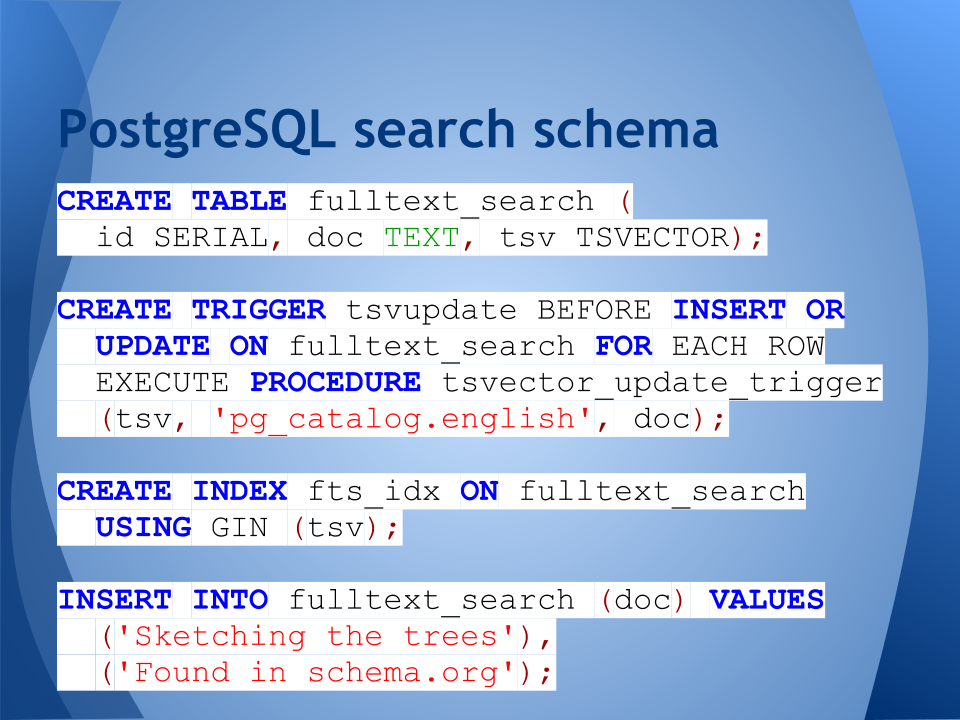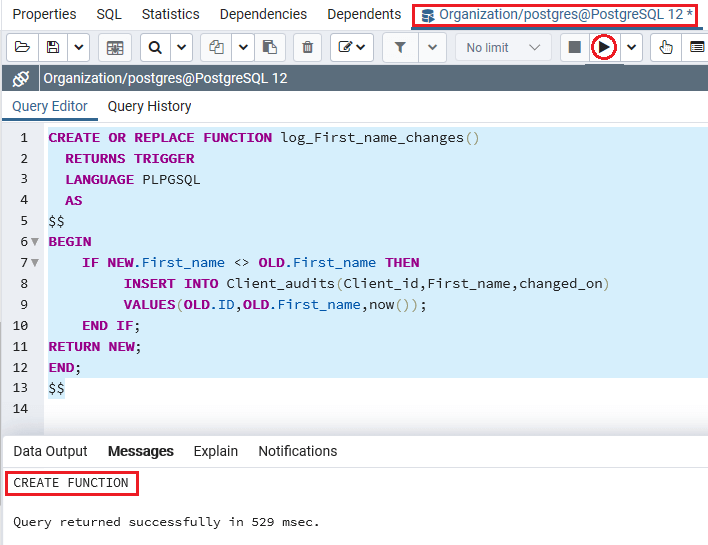

Wait for the follower database to fully catch up to the primary (as indicated by being behind by 0 commits).
#Postgresql update upgrade#
Now that you are in maintenance mode and no additional data is being written to the primary database, you can upgrade the follower database. $ heroku maintenance:on -app example-appĮnabling maintenance mode for example-app. Your application will be unavailable starting at this point in the upgrade process. Databases continue to accrue billing hours while in maintenance mode. If you have scheduler jobs running as well, you should disable them. To accomplish this, place your app into maintenance mode. It is important that no new data is written to your current primary database during the upgrade process, because it will not be transferred to the new database. Enter maintenance mode to prevent database writes You can check how many commits the follower is behind with the pg:info command (see the Behind By row of the follower database): $ heroku pg:info -app example-appįollowing: HEROKU_POSTGRESQL_LAVENDER (DATABASE_URL)Ģ. The follower is generally considered “caught up” when it is within 200 commits of the primary database. Waiting for database HEROKU_POSTGRESQL_WHITE_URL. done, v71 ($200/mo)įollower will become available for read-only queries when up-to-date $ heroku addons:create heroku-postgresql:standard-2 -follow HEROKU_POSTGRESQL_LAVENDER_URL -app example-appĪdding heroku-postgresql:standard-2 to example-app. In the example below the standard-2 plan is used, but you should provision the plan best suited for your needs. To begin, create a new follower for your database and wait for the follower to catch up to the leader database. This method is supported for all Heroku Postgres plans except hobby-tier plans. Performing a pg:upgrade requires app downtime on the order of 30 minutes.

If no -version flag is set, the upgrade will default to 14. You can specify the version that pg:upgrade should use with the -version flag (e.g., -version 11).

You can upgrade your database to versions 10, 11, 12, 13 and 14. If you need to upgrade both the PostgreSQL version and your plan, you can provision a new follower on a different plan and perform a pg:upgrade as part of the changeover process. This command can only be used to upgrade a follower database, which will remain on the same plan but stop following the current leader. The pg:upgrade command uses the PostgreSQL pg_upgrade utility to upgrade your PostgreSQL version in-place. If downtime is a major consideration, then use pg:upgrade instead.

Doing so removes all of the bloat from the database and saves disk space. If your database has a lot of “bloat” (extra space taken up by dead rows) and the downtime required for a pg:copy upgrade is acceptable for your app, use the pg:copy upgrade method to recreate all of the tables and indexes from scratch. If your database currently does not have checksums enabled and the downtime required for a pg:copy upgrade is acceptable for your app, use the pg:copy upgrade method to ensure that checksums are enabled as part of the upgrade. If you initially provisioned your Heroku Postgres database with a version of PostgreSQL prior to 9.3, checksums are probably not enabled for it.Ĭheck whether your database has checksums enabled ( on) by running this query in a heroku pg:psql session: - `on` means checksums are enabled, `off` means they are not enabled Postgres 9.3 introduced data checksums for early data corruption detection. LEFT JOIN produce AS p ON s.produce_id = p.If you use Heroku Connect to sync Salesforce data with your database, see Heroku Connect’s article on upgrading the Heroku Postgres database version.
#Postgresql update update#
The price field in the Produce table is updated from the shipment’s produce_price field as shown here: UPDATE produce Use the UPDATE and JOIN Statements to Update the Table in PostgreSQL Here’s the INSERT statement to populate the Shipment table with test data: INSERT INTO shipment (produce_id, produce_price) Shipment table: |id | produce_id | produce_price|ĬONSTRAINT fk_shipment_produce FOREIGN KEY (produce_id) REFERENCES produce (id) Here’s the INSERT statement to populate the Produce table with a default cost of 0: INSERT INTO produce(price) In this example, there are two tables: Produce and Shipment. The product’s price is updated to reflect the current market price whenever a shipment arrives. Produce Shipment Example in PostgreSQLĬonsider a store that sells food produce. This tutorial will walk you through updating a table using UPDATE and JOIN statements.


 0 kommentar(er)
0 kommentar(er)
